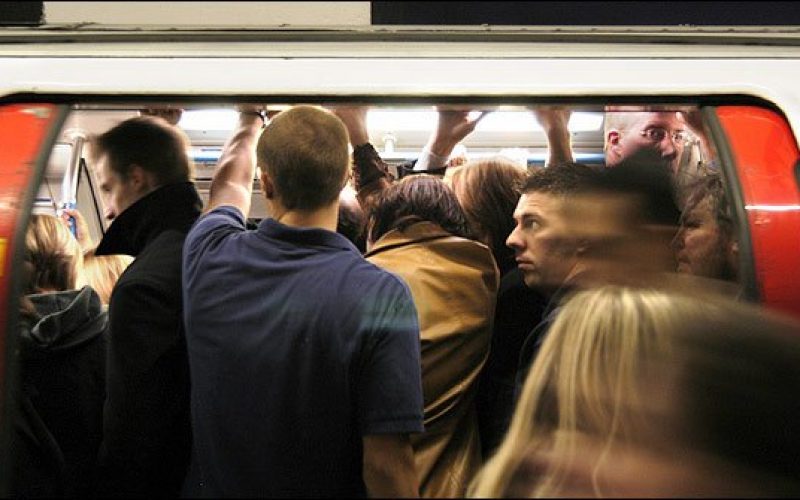
The London Underground. For those of you that haven’t had the pleasure of negotiating London’s underground transport system, commonly referred to as the tube – let me enlighten you.
First opened in 1863, the London Underground now carries over 3 million passengers every day. It’s overcrowded. You are unlikely to get a seat and if you do, I recommend you assess carefully to whether you might be more comfortable and feel cleaner if you remain standing. It is the universal rule that you do not make eye contact with anyone on the tube. If by accident, you do, avert your eyes quickly. And you most certainly do not talk to people you do not know.
Passengers on the tube travel to their destinations in a glum, lonely silence.
If that wasn’t enough, most tube passengers, in the rush hour travel on autopilot. We navigate from barrier to barrier, station to station and up and down escalators without really noticing our surroundings. We each have our own routines. We go though the same ticket barrier. We go to the same place on the platform. We travel on the same carriage. Sound familiar?
Do you remember anything about your journey to work this morning? Can you describe one person you saw? Who was in front of you? What were they wearing? What was the title of the book they were reading? If you drive, walk or cycle to work do you remember anything about your journey?
If you are you reading this and thinking, ‘that’s all very well but I work from home.’ This applies to you too. Did you observe any details about your morning?
On the one hand, being able to complete everyday activities, like getting to work on autopilot is efficient. (Assuming you did made it to work this morning!) But I wonder what we are missing by absent-mindedly following the same patterns of behaviour over and over again?
When it comes to creative thinking, there is a case for breaking patterns of behaviour, even something as simple as travelling in a different carriage or taking a different route provides us with a new experience. Many creativity experts including Steven Johnson and James Webb Young highlight that new ideas are formed from combining old ideas and experiences in new ways. So the more experiences we can draw on, the more potential we have for new idea combinations.
So next time you are travelling to work, or doing any other activity that you know is so routine you do it without thinking, take a moment to stop yourself, observe your surroundings and change something. Your new idea might have been lurking unnoticed in your autopilot all along.
